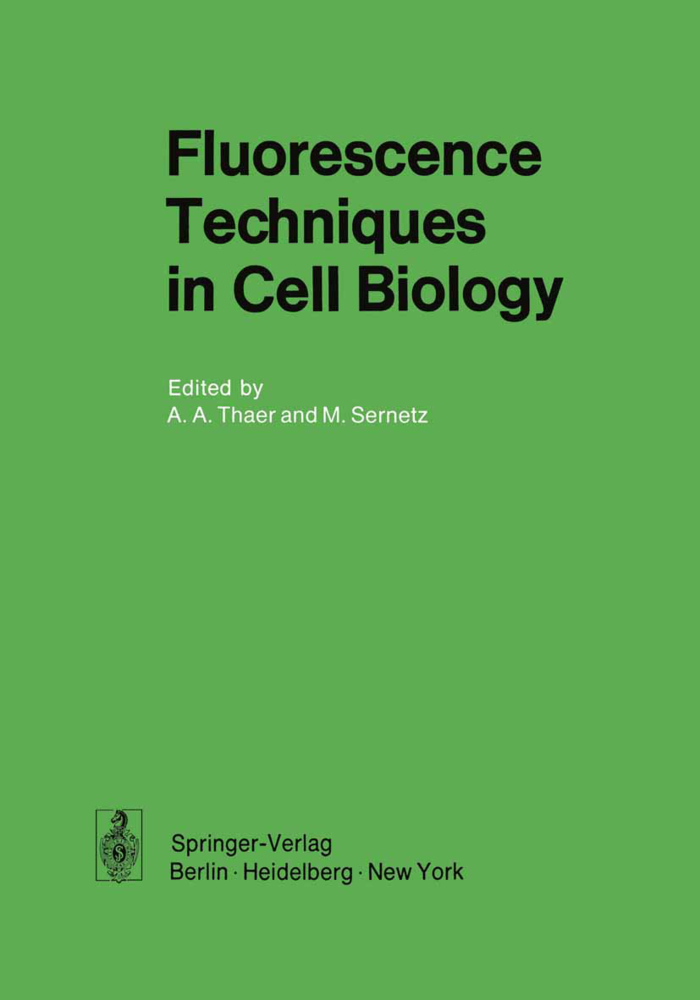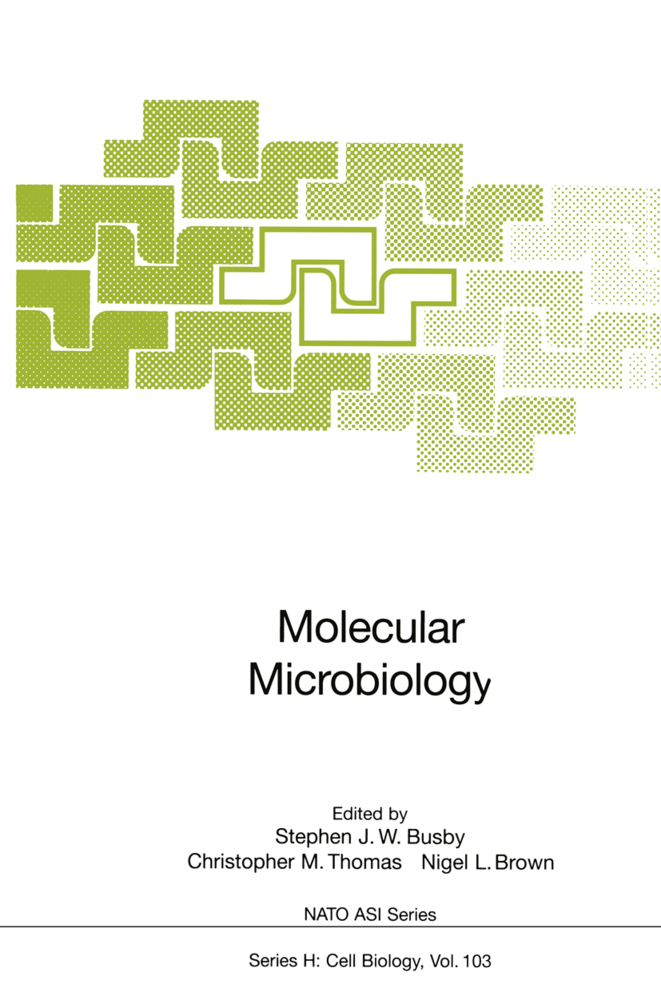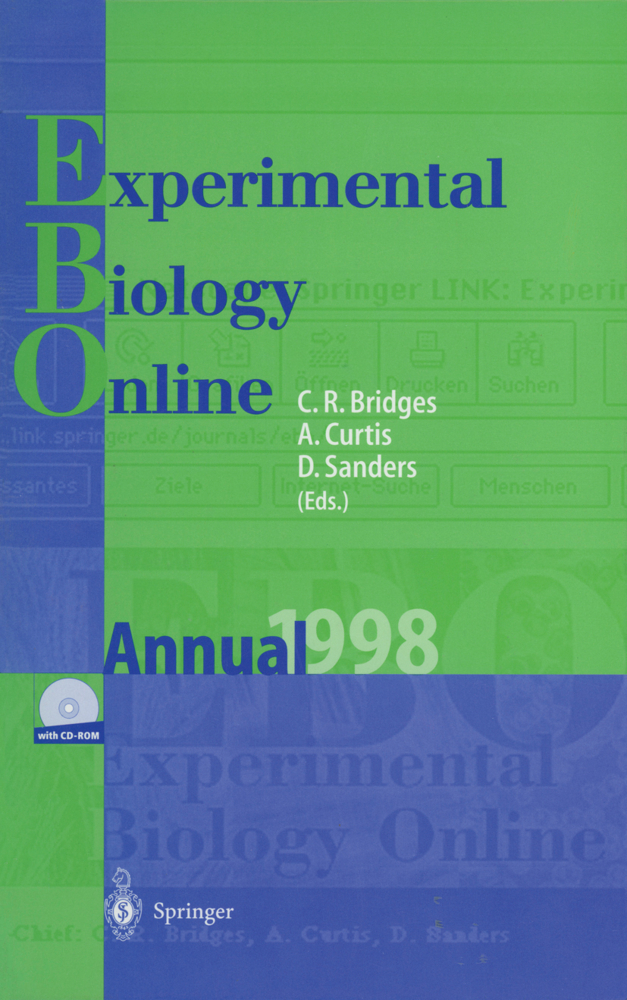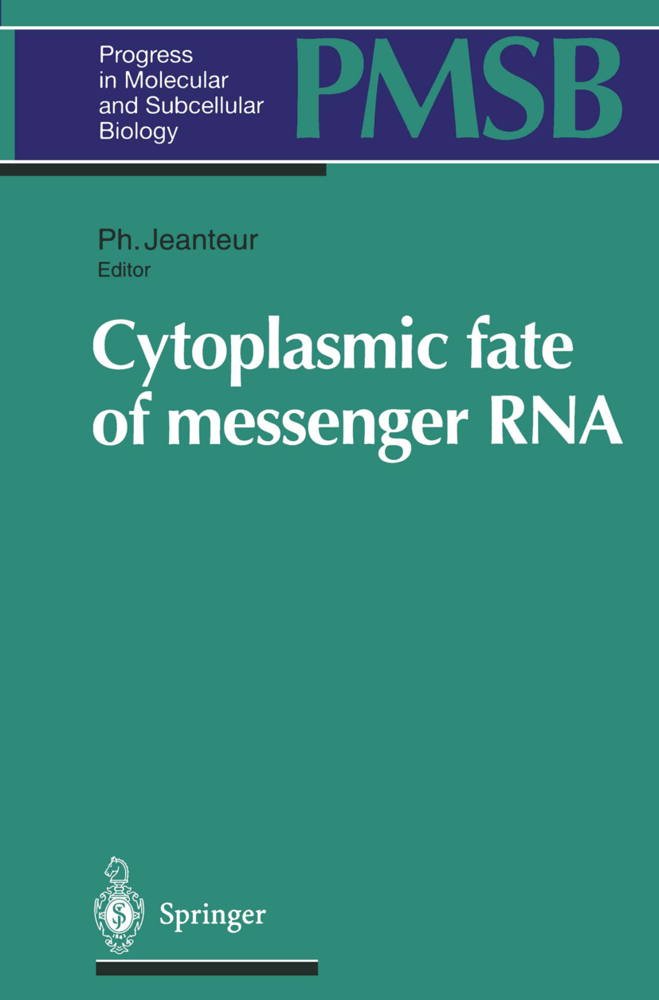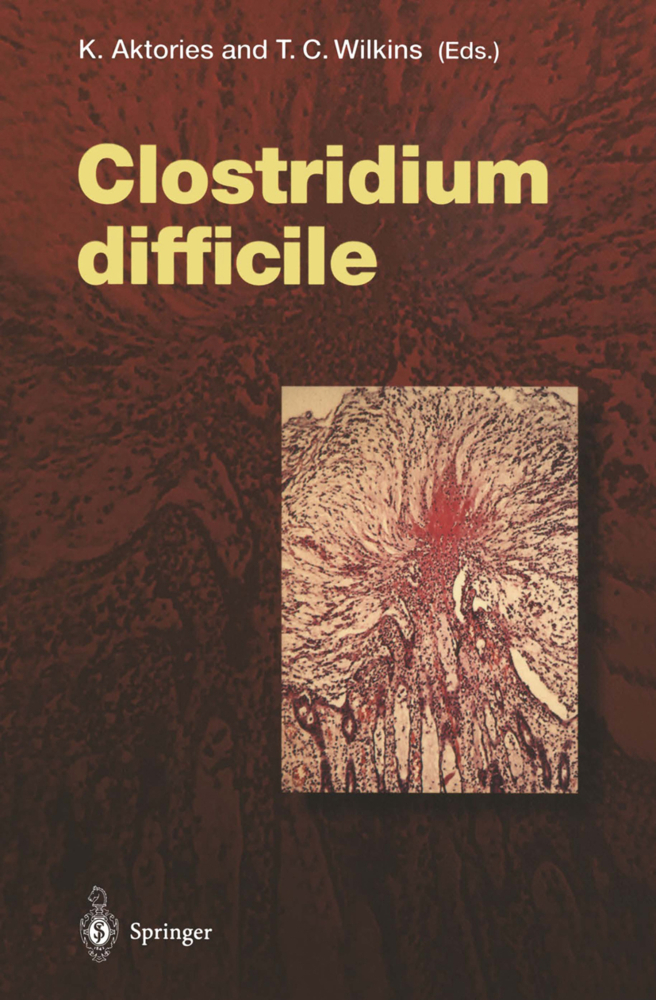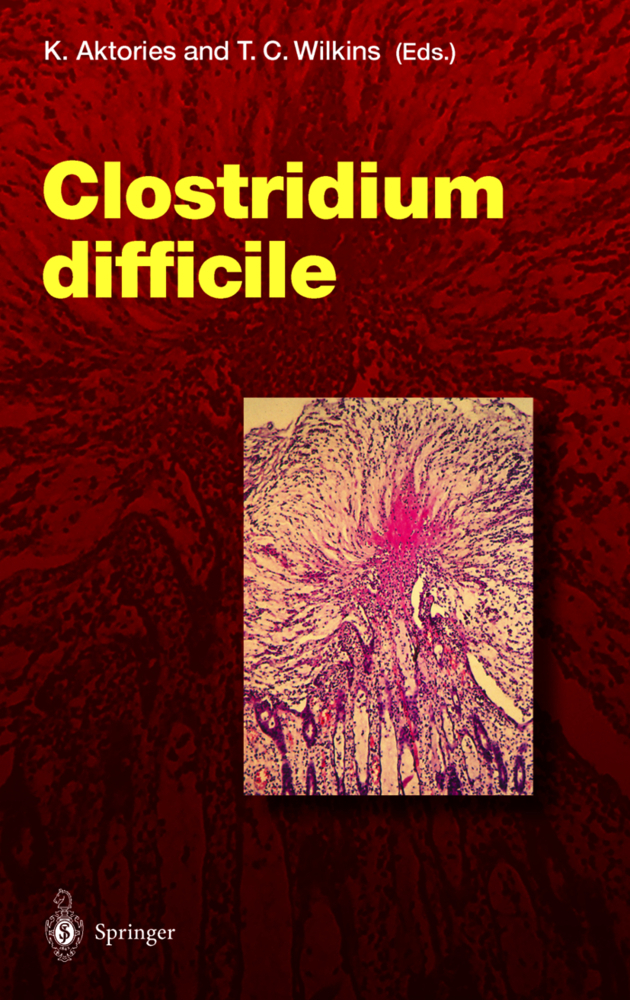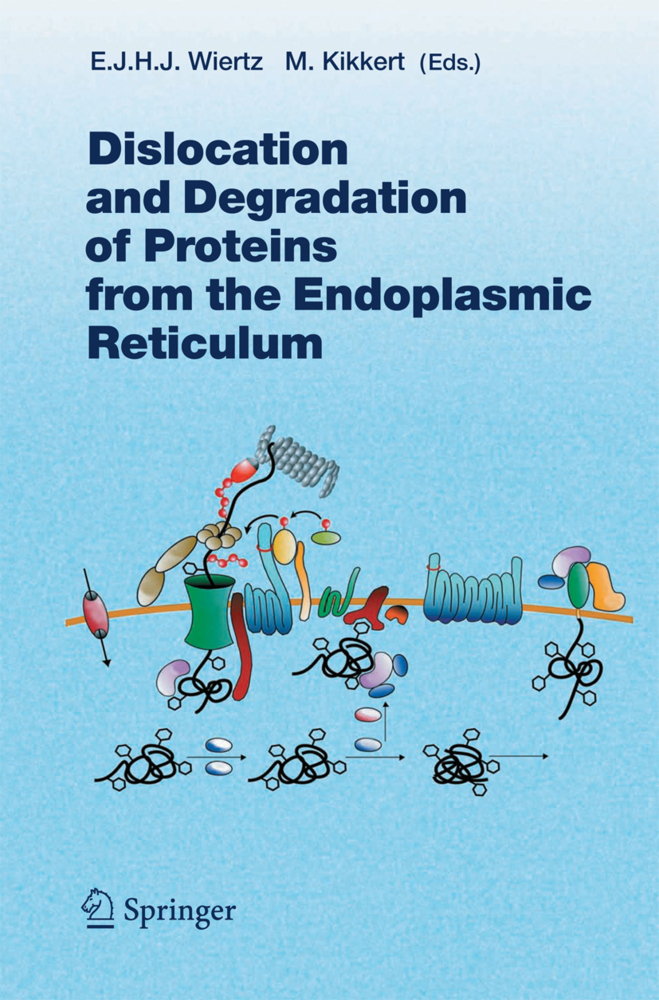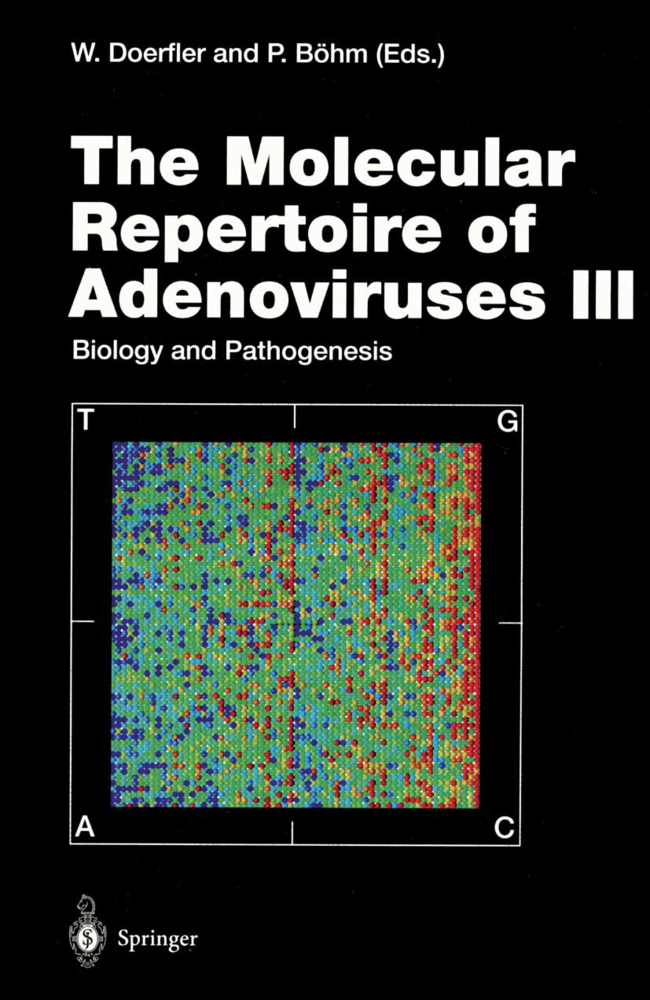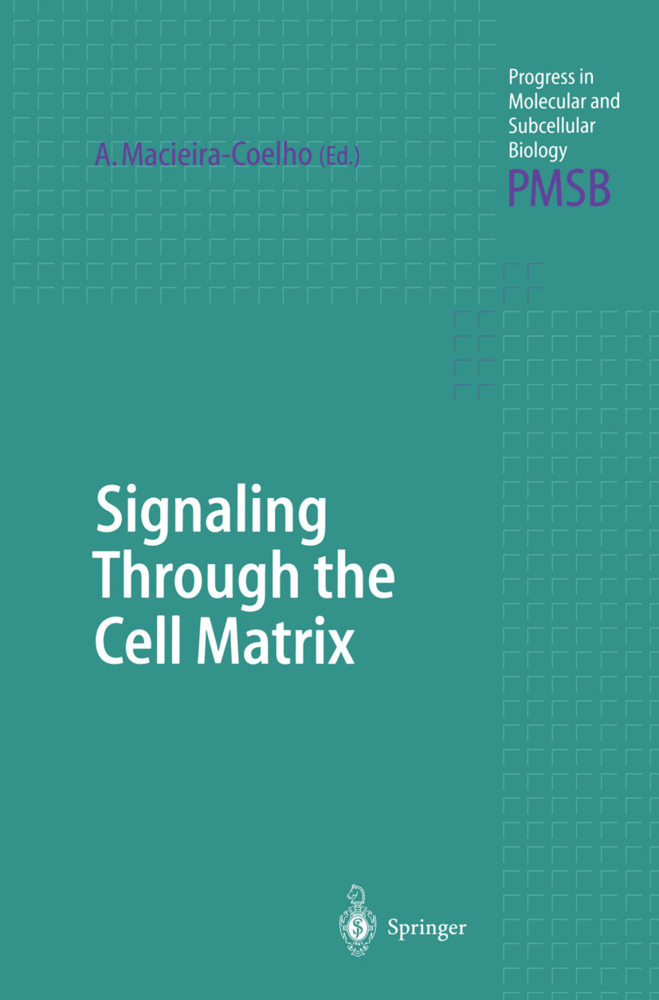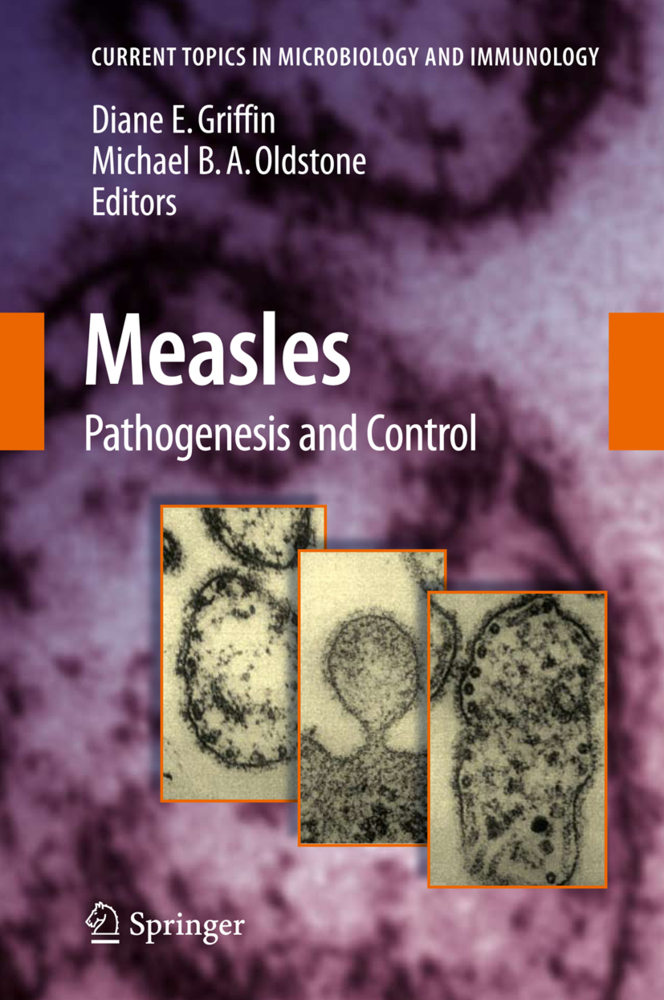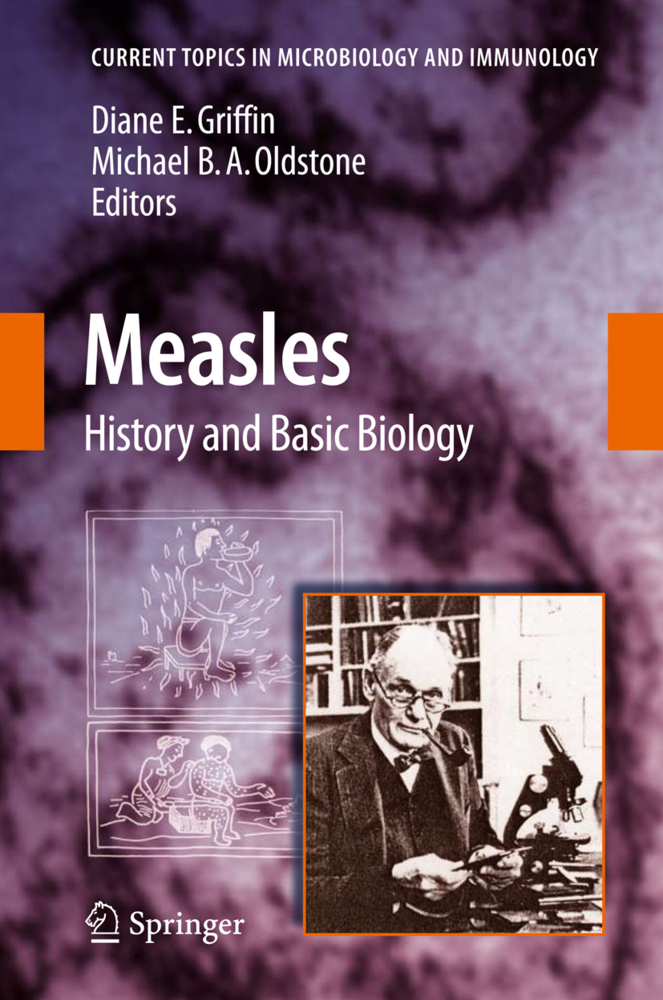Fluorescence Techniques in Cell Biology
Fluorescence Techniques in Cell Biology
.For there to be progress in science, there must first be communication between experts of different disciplines. This is particularly true of modern biology which is becoming more and more of an interdisciplinary field. The present situation in cell biology clearly reflects this devel opment and demonstrates that the application of physical techniques was necessary before this field of biological research could be developed on an objective and quantitative basis. The utilization of optical phenomena as measuring parameters at the microscopic level has provided the basis for the development of quantitative cytochemistry. This rapidly growing extension of conventional cytochemistry and histochemistry is based on the visual oberservation of qualitative chemical criteria in correlation with the microscopically resolved structure of cells and tissues. Furthermore, the introduction into cytochemistry of such optical measuring techniques as ab sorption photometry, interferometry, and fluorometry, as well as the measurement of optical anisotropy, diffrac:tion and scattered light, has provided the methodological bridge for the ex change of knowledge between cell biology on the one hand and biochemistry, or molecular biology, on the other.
Polarized Fluorescence
Techniques for Fluorescence Lifetime Measurements and Time-Resolved Emission Spectroscopy
II Instrumentation and Standardization in Fluorometry and Microscope Fluorometry
Some Aspects of Instrumentation and Methods as Applied to Fluorometry at the Micro-scale
Microcapillary Fluorometry and Standardization for Microscope Fluorometry
The Use of Human Leukocytes as a Standard for the Cytofluorometric Determination of Protein and DNA
A Microspectrofluorometer for Measuring Spectra of Excitation, Emission and Absorption in Cells and Tissues
III Cytofluorometric Determination of Cellular Substances
Absorbance and Fluorescence Cytophotometry of Nuclear Feulgen DNA. A Comparative Study
Automation of Cytofluorometry by Use of the Impulsmicrophotometer
Quantitative Determination of DNA and Protein in Single Cells
Fluorescence Properties of the Monoaminoacridines and Some 2-Aminoacridine-Derivatives
Fluorometric Recognition of Chromosomes and Chromosome Regions
Chemical Aspects of the Fluorescence Analysis of Chromosomes
Fluorescence Cytochemical Studies of Chromosomes: Quantitative Applications of Fluorescein Mercuric Acetate
Microfluorimetric Comparison of Chromatin During Cytodifferentiation
Immunofluorometric Determinations of Surface Immunoglobulins of Individual Normal and Malignant Human Lymphoid Cells
Cytofluorometry of Biogenic Monoamines in the Falck-Hillarp Method. Structural Identification by Spectral Analysis
Microfluorimetric Quantitation of Biogenic Monoamines
Quantitation of Biogenic Monoamines Demonstrated with the Formaldehyde Fluorescence Method
The Identification of Arylethylamines by Microspectrofluorometry of Acid- and Aldehyde-Induced Fluorescence
IV Investigation of Enzyme Reactions and Transport Mechanisms
Quantitative Aspects of Rapid Microfluorometry for the Study of Enzyme Reactions and Transport Mechanisms in Single Living Cells
Rapid Microfluorometry for Biochemistry of the Living Cell in Correlation with Cytomorphology and Transport Phenomena
Newer Fluorometric Methods for the Analysis of Biologically Important Compounds
Microfluorometry Investigations on the Intracellular Turnover of Fluorogenic Substrates
Changes in the Membrane Permeability of Human Leukocytes Measured by Fluorochromasia in a Rapid Flow Fluorometer
V Fluorescent Molecular Probes for Complex Biological Molecules
Probes for Enzyme Conformation
The Fluorescence of Bilirubin-Albumin Complexes
The Effect of the Excitation Wavelength on the Fluorescence Depolarization of Protein-Dye Complexes or Conjugates
Fluorescence, Absorption, and Optical Rotatory Behavior of Acridine Orange: Poly-L-Glutamic Acid Complexes
Ethidium Bromide: A Fluorescent Probe of Nucleic Acid Structure and its Potential for in-vivo Studies
Nanosecond Fluorescence Spectroscopy of Biological Macromolecules and Membranes
Measurements of Single Molecules of Antibody by Their Ability to Activate a Defective Enzyme
Nanosecond Time-Resolved Fluorescence Spectroscopy in Molecular Biology
Fluorescence Spectroscopy as a Tool for Studying Drug Interactions with Biological Systems
Temperature Sensitivity of Fluorescent Probes in the Presence of Model Membranes and Mitochondria
Conformational Dynamics of Model Membranes
Atebrin and Related Fluorochromes as Quantitative Probes of Membrane Energization
Fluorescent Molecular Probes in Fluorescence Microspectrophotometry and Microspectropolarimetry
List of Attendees.
Opening Remarks
I Introductory PapersPolarized Fluorescence
Techniques for Fluorescence Lifetime Measurements and Time-Resolved Emission Spectroscopy
II Instrumentation and Standardization in Fluorometry and Microscope Fluorometry
Some Aspects of Instrumentation and Methods as Applied to Fluorometry at the Micro-scale
Microcapillary Fluorometry and Standardization for Microscope Fluorometry
The Use of Human Leukocytes as a Standard for the Cytofluorometric Determination of Protein and DNA
A Microspectrofluorometer for Measuring Spectra of Excitation, Emission and Absorption in Cells and Tissues
III Cytofluorometric Determination of Cellular Substances
Absorbance and Fluorescence Cytophotometry of Nuclear Feulgen DNA. A Comparative Study
Automation of Cytofluorometry by Use of the Impulsmicrophotometer
Quantitative Determination of DNA and Protein in Single Cells
Fluorescence Properties of the Monoaminoacridines and Some 2-Aminoacridine-Derivatives
Fluorometric Recognition of Chromosomes and Chromosome Regions
Chemical Aspects of the Fluorescence Analysis of Chromosomes
Fluorescence Cytochemical Studies of Chromosomes: Quantitative Applications of Fluorescein Mercuric Acetate
Microfluorimetric Comparison of Chromatin During Cytodifferentiation
Immunofluorometric Determinations of Surface Immunoglobulins of Individual Normal and Malignant Human Lymphoid Cells
Cytofluorometry of Biogenic Monoamines in the Falck-Hillarp Method. Structural Identification by Spectral Analysis
Microfluorimetric Quantitation of Biogenic Monoamines
Quantitation of Biogenic Monoamines Demonstrated with the Formaldehyde Fluorescence Method
The Identification of Arylethylamines by Microspectrofluorometry of Acid- and Aldehyde-Induced Fluorescence
IV Investigation of Enzyme Reactions and Transport Mechanisms
Quantitative Aspects of Rapid Microfluorometry for the Study of Enzyme Reactions and Transport Mechanisms in Single Living Cells
Rapid Microfluorometry for Biochemistry of the Living Cell in Correlation with Cytomorphology and Transport Phenomena
Newer Fluorometric Methods for the Analysis of Biologically Important Compounds
Microfluorometry Investigations on the Intracellular Turnover of Fluorogenic Substrates
Changes in the Membrane Permeability of Human Leukocytes Measured by Fluorochromasia in a Rapid Flow Fluorometer
V Fluorescent Molecular Probes for Complex Biological Molecules
Probes for Enzyme Conformation
The Fluorescence of Bilirubin-Albumin Complexes
The Effect of the Excitation Wavelength on the Fluorescence Depolarization of Protein-Dye Complexes or Conjugates
Fluorescence, Absorption, and Optical Rotatory Behavior of Acridine Orange: Poly-L-Glutamic Acid Complexes
Ethidium Bromide: A Fluorescent Probe of Nucleic Acid Structure and its Potential for in-vivo Studies
Nanosecond Fluorescence Spectroscopy of Biological Macromolecules and Membranes
Measurements of Single Molecules of Antibody by Their Ability to Activate a Defective Enzyme
Nanosecond Time-Resolved Fluorescence Spectroscopy in Molecular Biology
Fluorescence Spectroscopy as a Tool for Studying Drug Interactions with Biological Systems
Temperature Sensitivity of Fluorescent Probes in the Presence of Model Membranes and Mitochondria
Conformational Dynamics of Model Membranes
Atebrin and Related Fluorochromes as Quantitative Probes of Membrane Energization
Fluorescent Molecular Probes in Fluorescence Microspectrophotometry and Microspectropolarimetry
List of Attendees.
Thaer, Andreas A.
Sernetz, Manfred
| ISBN | 978-3-642-49206-8 |
|---|---|
| Medientyp | Buch |
| Copyrightjahr | 2012 |
| Verlag | Springer, Berlin |
| Umfang | VIII, 420 Seiten |
| Sprache | Englisch |

